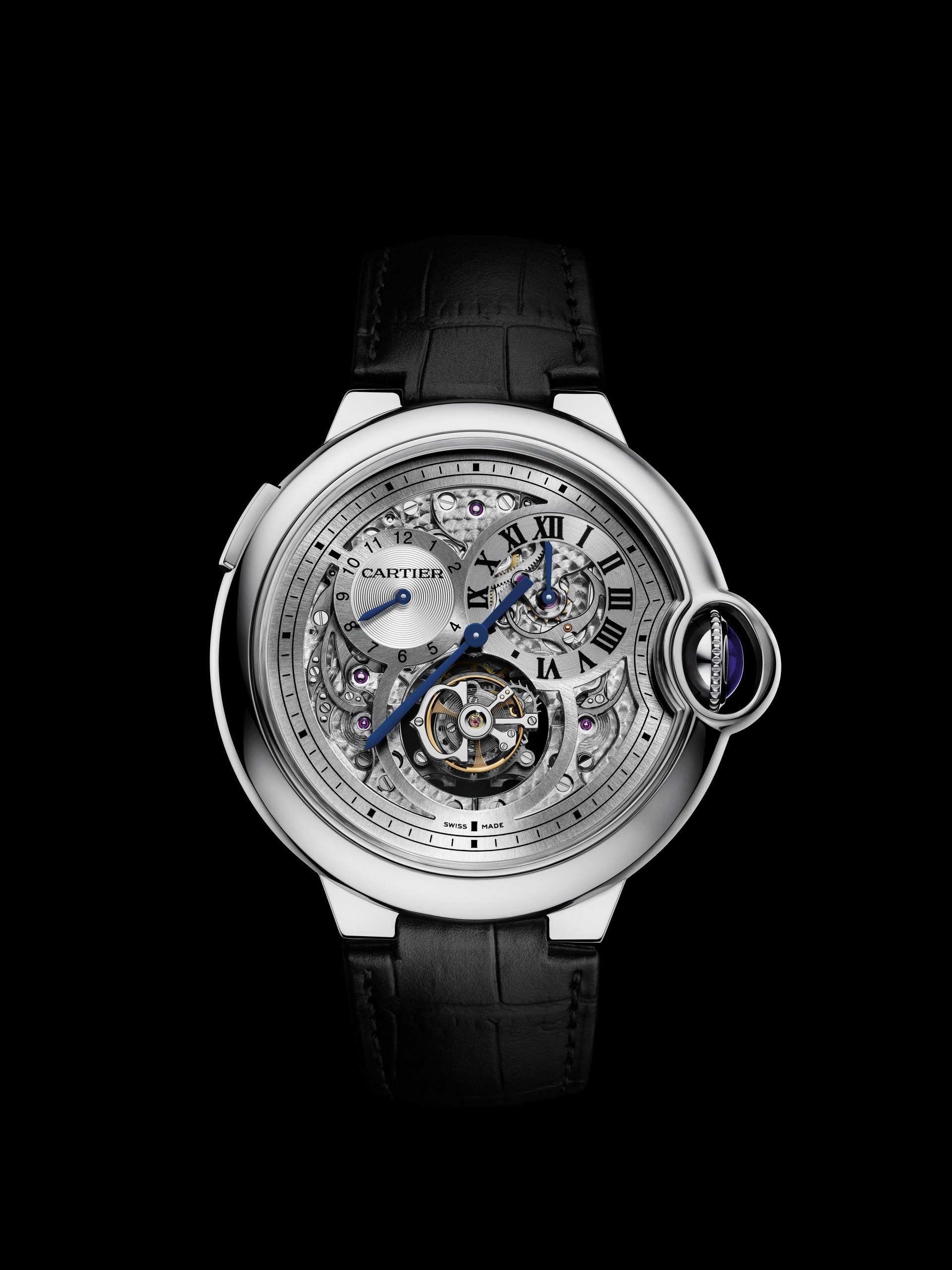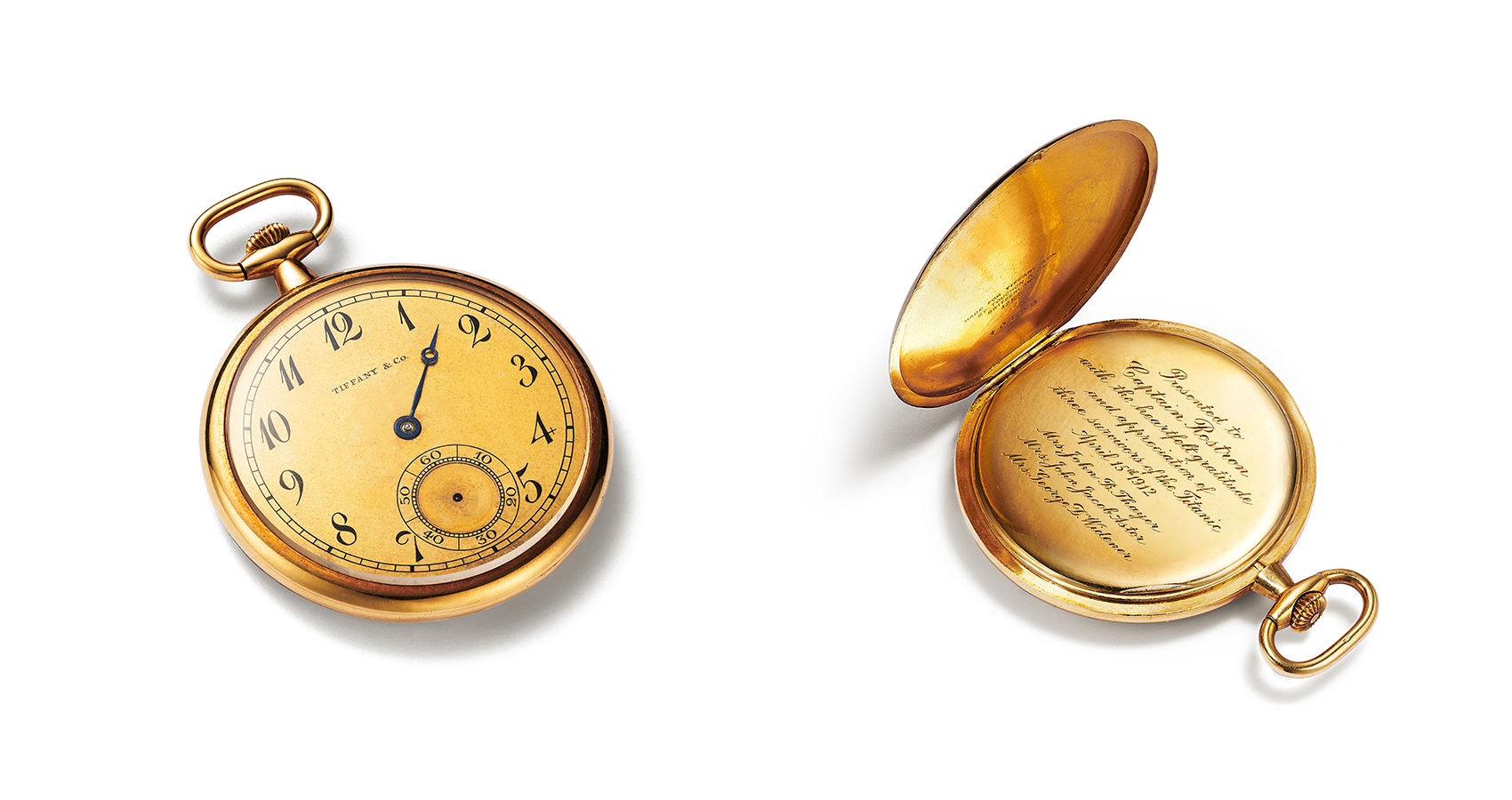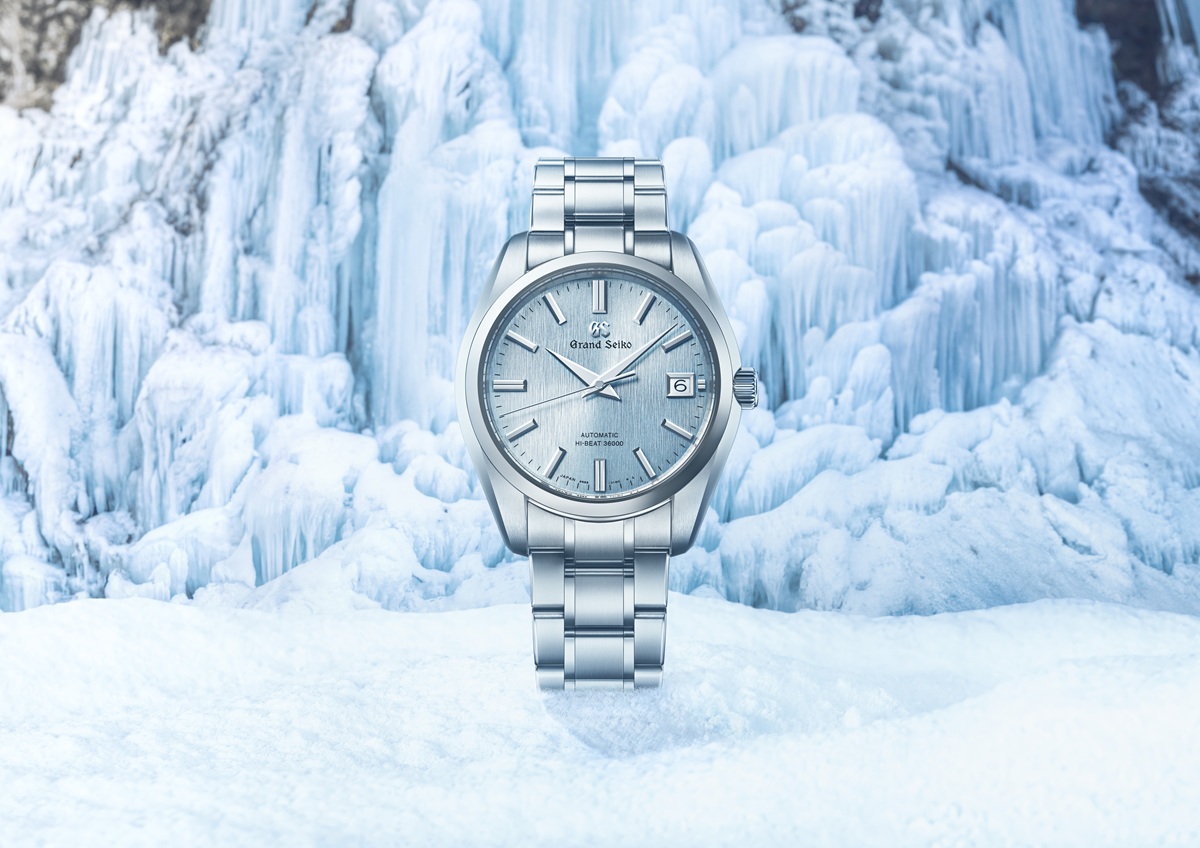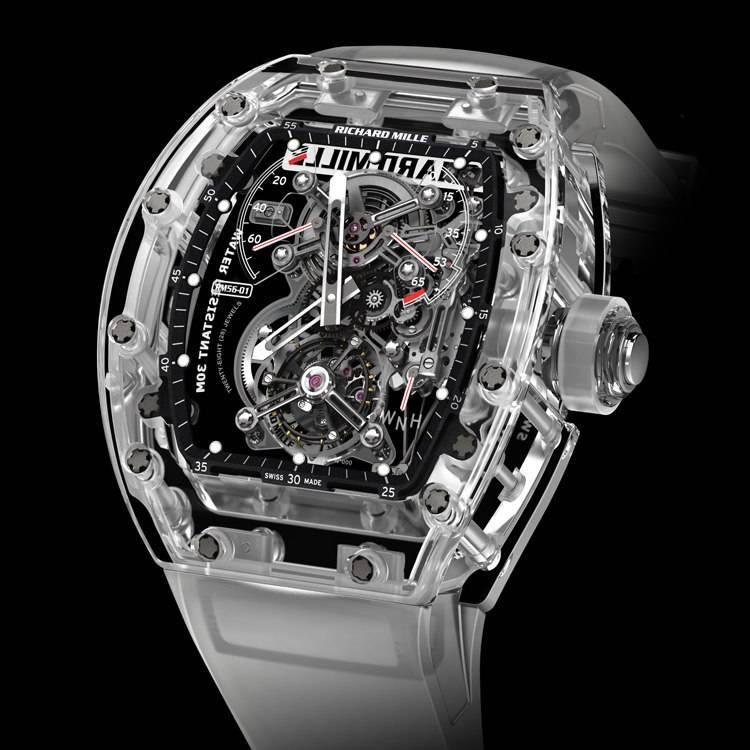
Best Open Worked Watches of 2013
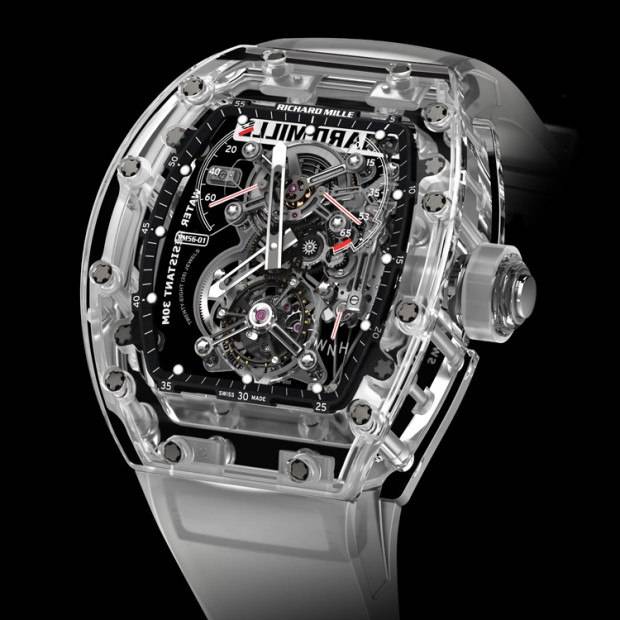
I remember what a thrill it was the first time I sat down with a watchmaker who could open up the case of a mechanical watch and show me the mysteries of the movement. Today, there is no need to track down a watchmaker for an inside view. Watch movements have never been more exposed, with more and more brands opening up dials and carving out movements to reveal their inner workings. They do this mostly for aesthetic purposes, but it also serves to add authenticity and transparency to mechanical watchmaking.
Technically, there is a difference between open worked and skeletonized. both involve cutting away the extra parts of a movement – plate, bars and bridges, to reveal their function. Skeletonized watches take it to the limit, leaving the barest minimum inside the case, just enough to allow the watch to function. What is left is then sculpted and filigreed by a hand engraver. An open worked movement is usually not as extensively cut away – the amount of exposure varies widely – and what is left is usually not engraved but blackened or polished and bevelled for a sleeker, more contemporary finish. The open worked movement is more minimalist, and is considered the “modern art” version of the more Rococo skeletonized watch. Both offer a wonderful, three-dimensional look into mechanical watchmaking.
Richard Mille RM 56-01 Tourbillon Sapphire, with a baseplate that has been removed and replaced by large transparent sapphire crystal plates, offering a full view of the movement. The case, third wheel and center bridge are also made of sapphire crystal.
Ballon Bleu de Cartier Tourbillon, with double jumping second time zone, with an open worked dial showing the jumping hour disks, the tourbillon cage and the perfect perlage decoration on the plate.

MB&F LM2 Legacy Machine 2, with double flying balances and the large planetary differential suspended above the blued dial plate and the time indication dial for a full, 3D view.

The Vacheron Constantin Malte Squelette, with a movement that is open worked and decorated in the traditional skeletonized manner. The mainplate, bars and bridges are chased by hand in an arabesque, “peacock tail” pattern. All components are bevelled and polished.
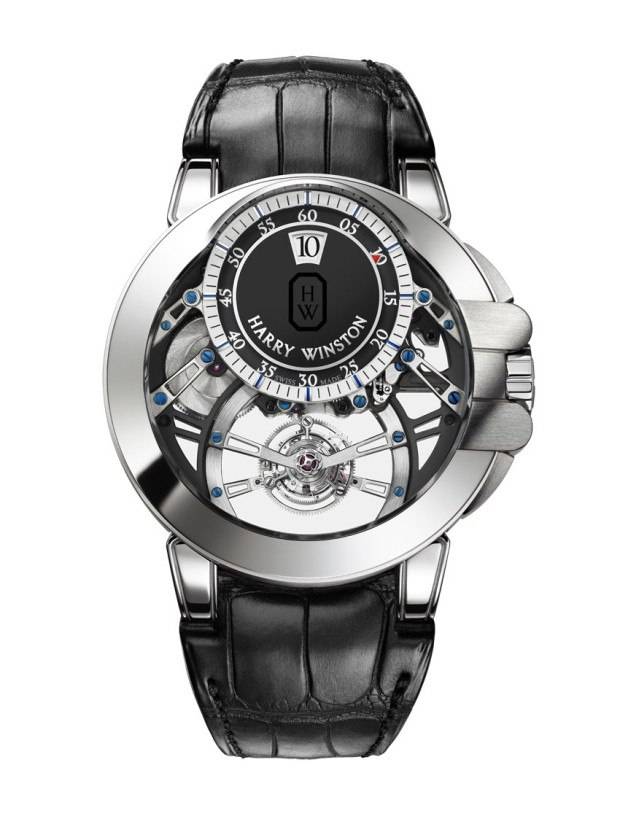
Harry Winston Ocean Tourbillon Jump Hour, with a cage suspended between two sapphire crystals, held in place only by two steel bridges with no apparent mechanical connection to the rest of the movement.
 SIGN UP
SIGN UP

